Greenwashing: Learn To Read Labels + Look Past Deceptive Packaging
The skincare products lined on drugstore shelves or at department stores (or nowadays, an Instagram influencer’s feed) can be overwhelming with endless options, exaggerated claims and confusing labels.
We’re here to help.
Although it seems like clean skincare is taking the world by storm (based on the stat below, it is!), sadly, greenwashing in the beauty industry is also becoming more and more prevalent.
So we want to help you learn how to decipher your product labels (we promise, it’s easier than you think!) in order to protect you + your family from false marketing messages, misleading claims, and ultimately, harmful ingredients that can negatively impact your health and well-being.
Ready to become a more conscious, confident consumer? Let’s dig in!
GREENWASHING: WHAT IS IT?
Let’s start with a stat: The global natural skincare market was valued at almost $11 billion in 2019and is expected to continue to increase exponentially – that’s a LOT of natural skincare products!
What’s caused this surge in the natural skincare market? We believe it’s due to a growing awareness of harmful chemical ingredients and unethical manufacturing methods – and you guys have had enough.
More and more consumers are demanding natural options and sustainable practices with their dollars and, clearly, the global stats are proof. (Check out this article to hear what our Founder, Bethany, has to say about it!)
The natural beauty market has become highly saturated over the last several years – and in a positive way, with so many truly natural, indie brands being born! But unfortunately, product quality also is consistently being compromised.
And greenwashing is the culprit.
This term first originated decades ago and its definition is simply: deceitful or dishonest marketing to make people believe a brand is doing more for people’s health and planet earth than it actually is.
Let that sink in for a second.
More companies are trying to capitalize + cash in on this new trend and trick consumers into thinking their brand is green, clean and finally had a coming-to-Jesus-moment with their formulas.
But here’s the harsh reality:
In an attempt to appear to be more safe and sustainable, companies will pour way more money into marketing and press than into their actual practices + products to ensure those claims are true. Rather than proving a product’s integrity and non-toxic formula on the ingredient label and with brand transparency, they rely on manipulative marketing messages, popular catchphrases and the (very) unregulated U.S. beauty industry to get by.
As the natural skincare market grows, greenwashing is becoming more and more widespread and is deceiving consumers that the products they’re purchasing are pure, natural or organic – when in reality, the ingredient lists reveal otherwise.
That’s why it’s SO important to learn to read your product labels and we’re giving you a few tips to help.
3 TIPS TO SPOT GREENWASHING
Here are 3 things to keep in mind to help you demystify your skincare label and beat the greenwashing game:
1. Don’t fall for cute icons or catchphrases: Just because there’s a green leaf or even the word “organic” on a product, you’ve got to get curious, ask yourself (and the brand!) some questions and become your own skincare advocate. Turn that bottle/box around or click that ingredients tab online and look a little more closely at what’s really inside (and ultimately, what you’re really putting on your body).
2. “NO” is a good starting point – but there’s more to it: Marketing messages may claim “NO” this and “NO” that – but rather than focusing on what’s not in the product, look at the ingredient label to see which ingredients are actually being used instead. It’s up to you to discover the ingredients these brands have actually chosen to say “YES” to.
3. The first 5 ingredients create the foundation of the formula: Ingredients are listed in descending order of concentration, so the first 5 are what make up the majority of the product. (Only 5 ingredients on your skincare label? That’s a good sign!). If you come across an unrecognizable word among the first 5 listed, more times than not, you’ll want to opt for another product. For example, if a beauty balm is advertising its healing benefits from calendula flowers, yet calendula is listed after several other unpronounceable ingredients, its benefit to the skin will be minimal.
Transition Tip: As you start (or continue on!) this journey towards cleaner skincare, try keeping a product journal! Write down every product you use for one week to take stock of what you’re currently using. This can help bring some awareness to all you’re applying and keep you accountable as you start cleaning up your skincare.
Guys, we promise, demystifying product labels doesn’t have to be difficult. It’s actually incredibly empowering!
So before we get into the nitty-gritty and some technical terms to look out for on your product labels, we want to start by reminding you… You do have the power within you and the resources around you (this blog post being one of them!) to make positive changes for your health, home and happiness.
Okay, here we go!
COMMON GREENWASHING CLAIMS
Think about it… how many products have you already applied today? Do you know what’s in each and every one? I’ll give you a minute – go grab one and take a look.
What words are listed?
What terms are included?
What marketing claims are front and center?
One of the biggest issues when it comes to personal care products is the lack of regulations when it comes to labels. So let’s break down what some of these key marketing terms + slogans actually mean…
- Hypoallergenic:Surprisingly, products with this claim can still contain synthetic fragrances – one of the most common allergens (and most toxic chemicals) in personal care products. It simply means the product produces fewer allergic reactions than other conventional products (whatever that means 😉 ).
- Dermatologist tested: This term typically refers to a patch test done by a dermatologist to see if a product created sensitivities or irritation – it doesn’t mean that it was tested for purity or results (or that they would even recommend it). If it’s “dermatologist tested”, all it means is that they’ve tried it.
- Natural: While not every “natural” label is a fraud, the best way to tell if it’s true is to check the label since there is literally no regulation on what “natural” really means – that definition is ultimately left up to the companies to decide. And with greenwashing on the rise, there’s no telling how they’ll define this term.
- Unscented: You know how we feel about fragrance (if this is all new to you, check out this video to find out more!) and this phrase can be one of the most misleading. While it may sound like no artificial fragrances were added to the formula, an unidentified fragrance can still be included to actually cover up the product’s natural smell.
-
Non-comedogenic:Another non-regulated claim on products that’s supposed to ensure pore-clogging, skin-suffocating ingredients aren’t included. But while companies may be avoiding ingredients like mineral oil or coconut oil (see note below!), keep an eye out for other ingredients that can suffocate the skin such as dimethicone and petroleum-based preservatives like BHA.
Note: While coconut oil has definitely garnered a bad rap for skincare, it’s actually non-comedogenic in a couple of different forms: the first is fractionated coconut oil and the other is when coconut oil is in soaps. In the soap making process, the coconut oil actually becomes “saponified” and while it’s no longer an oil in the final product, it acts as an incredibly moisturizing + foaming addition to the facial bar.
- Organic: This is one of the few certifications regulated by the FDA, however, a product only needs to contain a certain percentage to qualify for this seal. It varies from state to state, but in our home of California, the minimum is 70%. A USDA Organic label is a bit more stringent with a minimum of 95%. So while the bulk of the product is organically grown, we encourage you to double-check formulas for fragrance, preservatives or other chemicals lurking on the label.
TIPS TO SHOP NON-TOXIC SKINCARE
When we look past all the fluff, we can finally focus on what’s actually inside the product. Look for products that haveshorter ingredient lists, fewer chemicals, and names you can actually pronounce.
Here are a few tips to help bring you peace of mind as you start swapping out products and becoming more aware of greenwashing as you shop.
Shopping at the store: You may have more luck in the cooking aisle than the beauty section! Think: fractionated coconut oil, extra virgin olive oil, raw honey, turmeric powder, spirulina powder, etc. And if you’re shopping for packaged products, it’s as easy as turning the bottle around and looking closely at the label.
Shopping online: Click that ingredients tab and become a detective for the sake of your health + your well-being. What ingredients are you finding? Consider these questions when you’re shopping (or purging your beauty bag!):
- What are the FIRST 5? (Remember ingredients are listed in order of potency!)
- How long is the ingredient list?
- Are there words I can hardly pronounce?
- What marketing claims are on the packaging?
Here are our top 3 trusted resources to help you shop non-toxic skincare:
- EWG: Our go-to for ingredient insight and safety. Not sure about a specific ingredient? The Environmental Working Group has a database of thousands of ingredients found in skincare to give you all the details on their health risks and hazards.
- ThinkDirty: This is the perfect app to have by your side when you shop. To find out whether your go-to products are safe or not, download Think Dirty’s shop clean app on your smartphone. This easy-to-use resource ranks the safety of specific products on a scale of 0-10.
- Pure Life Blog: Every week, we publish a new post from experts in different areas of beauty and wellness and provide holistic tips to simplify your skincare routine and detox your beauty products.
As you’re navigating the world of natural skincare, please always keep this in mind: PROGRESS > PERFECTION.
You don’t have to do a huge overhaul overnight or stress out over finding the perfect ingredient list. Keep it simple and trust your gut as you become more aware of greenwashing and give yourself grace as you embark on this life-long journey of caring for your skin and whole self. You got this!
We’re always here to answer any questions along the way! Drop a comment below, DM us on Instagram or reach out to our Customer Experience Team at hello@primallypure.com. XO



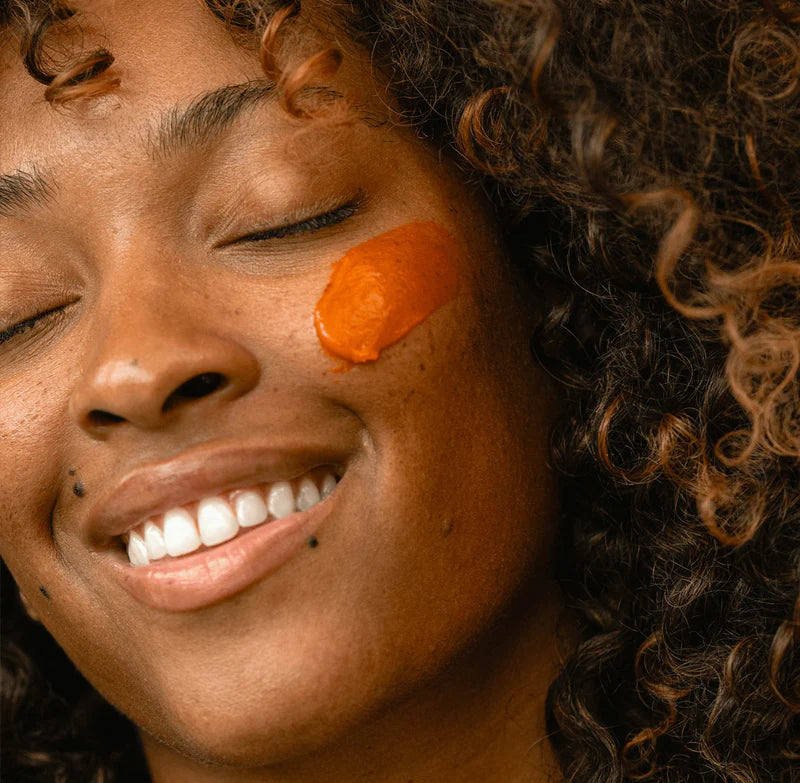

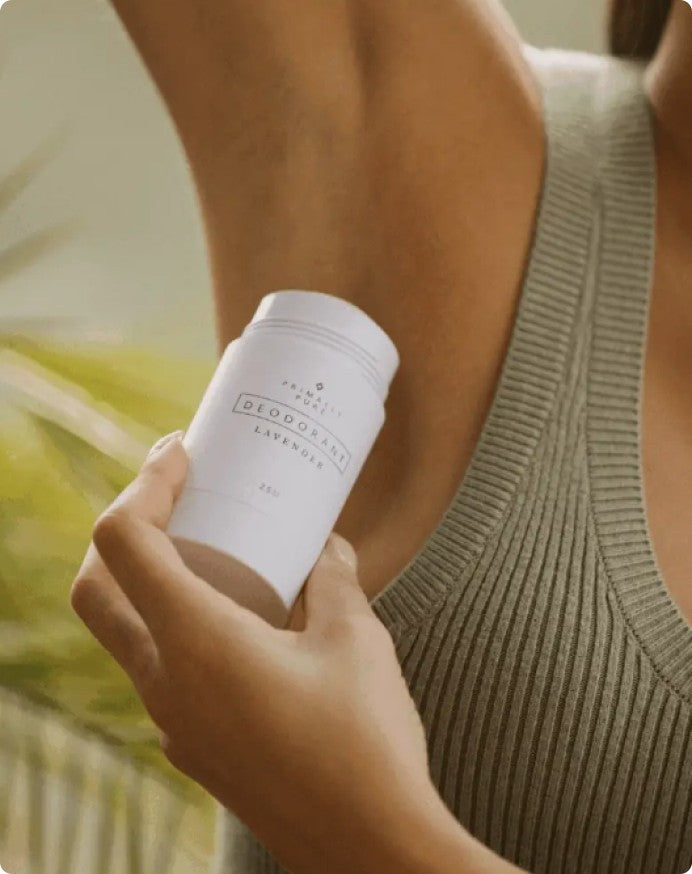
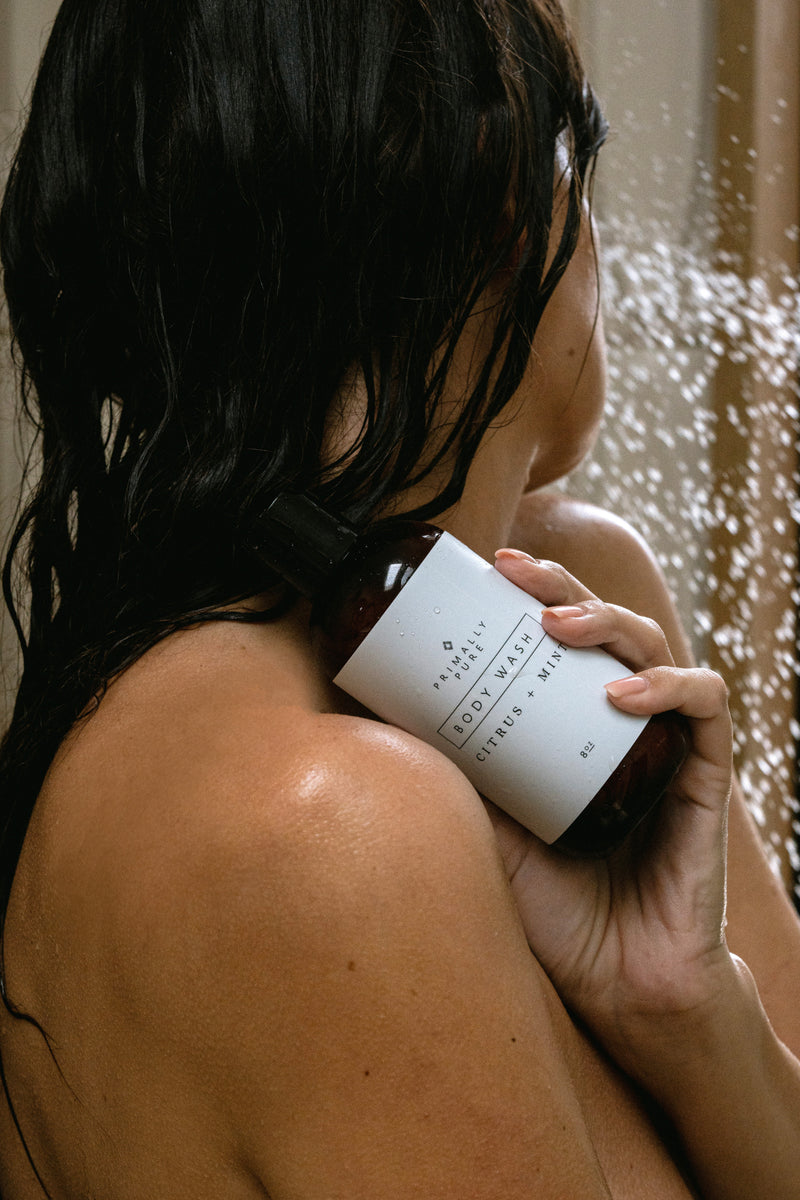

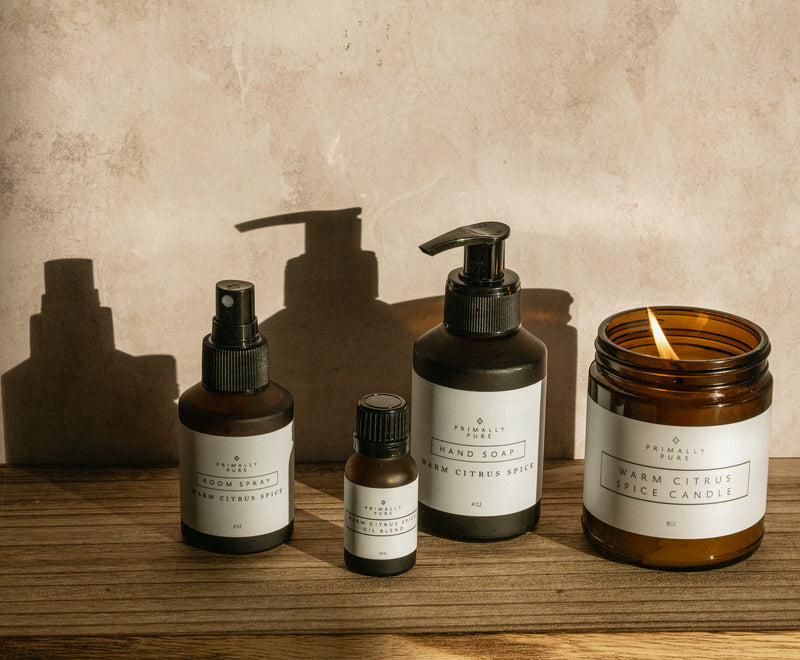
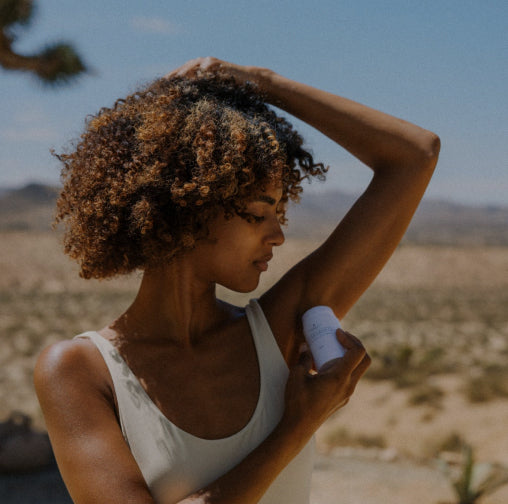
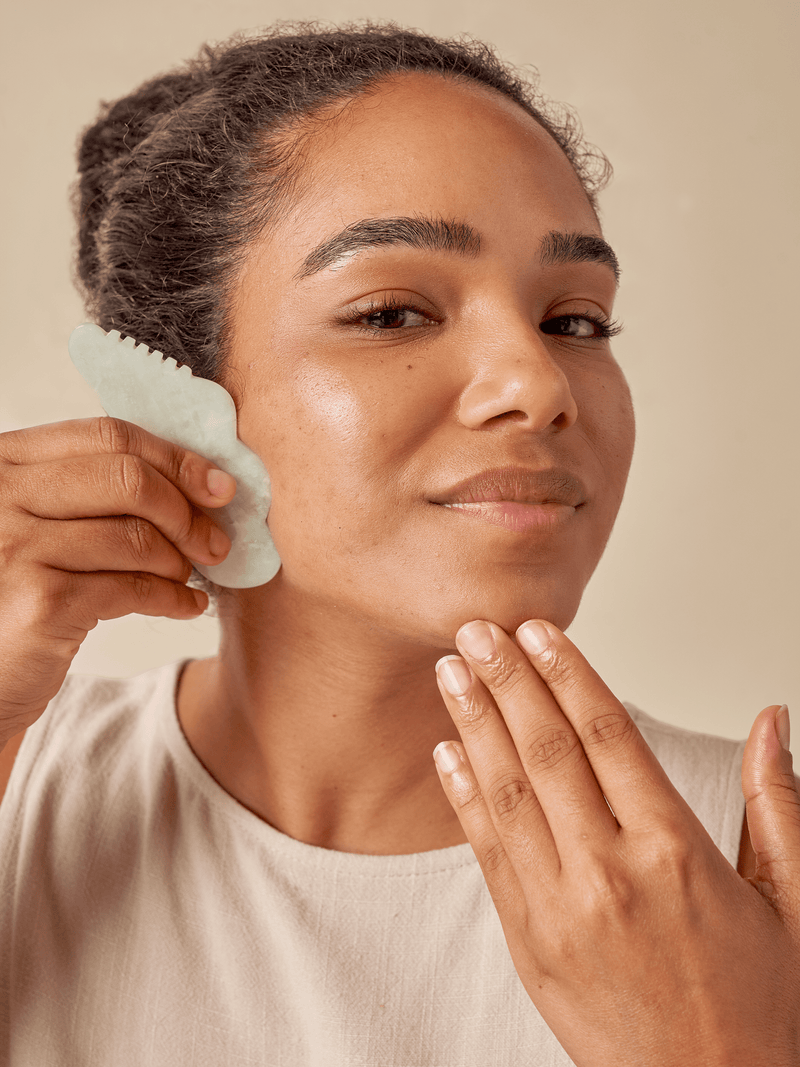
Leave a Comment